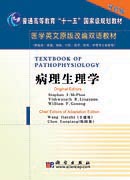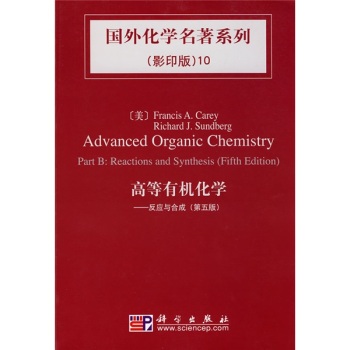全部商品分类










In order to study infinite-dimensional Lie algebras with root space decomposition as finite-dimensional simple Lie algebras, Victor Kac and Robert Moody independently introduced Lie algebras associated with generalized Cartan matrices,so-called "Kac-Moody algebras"in later 1960s. In last near forty years, these algebras have played important roles in the other mathematical fields such as combinatorics,number theory, topology, integrable systems, operator theory, quantum stochastic process, and in quantum field theory of physics. This book gives a systematic exposition on the structure of Kac-Moody algebras, their representation theory and some connections with combinatorics, number theory, integrable systems and quantum field theory in physics. In particular, we give many details that Kac's book lacks, correct some mistakes and reorganize the materials. This book may serve as a text book for graduate students in mathematics and physics, and a reference book for researchers.
样章试读
- 暂时还没有任何用户评论
全部咨询(共0条问答)
- 暂时还没有任何用户咨询内容